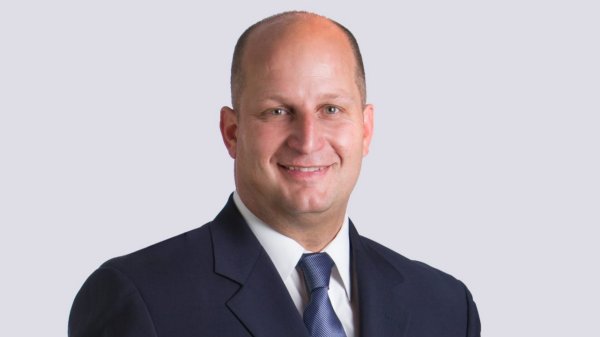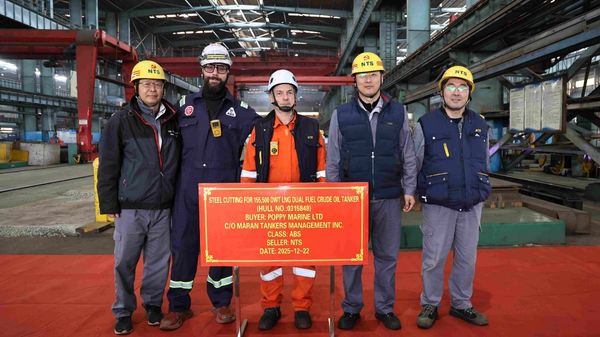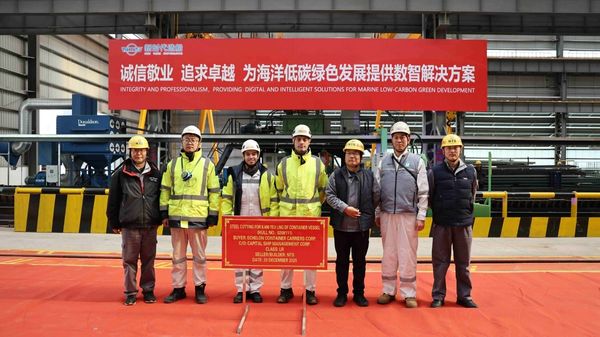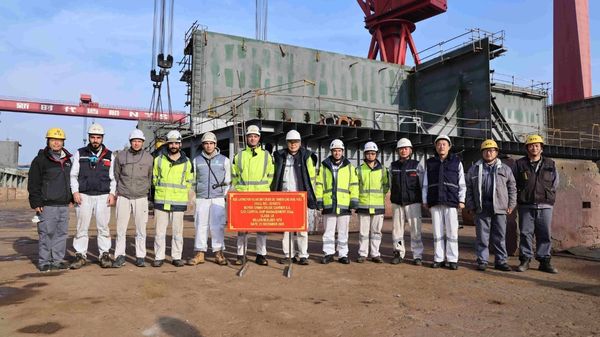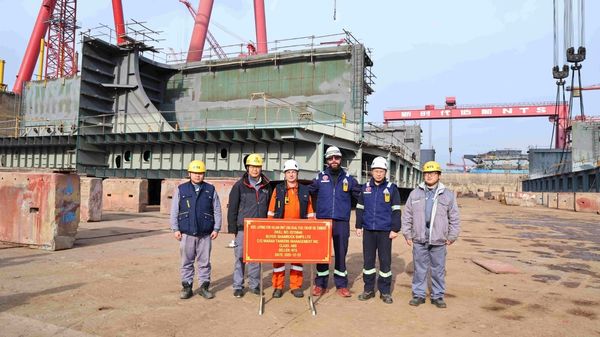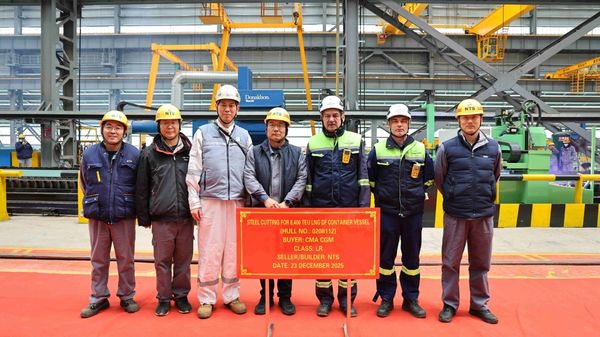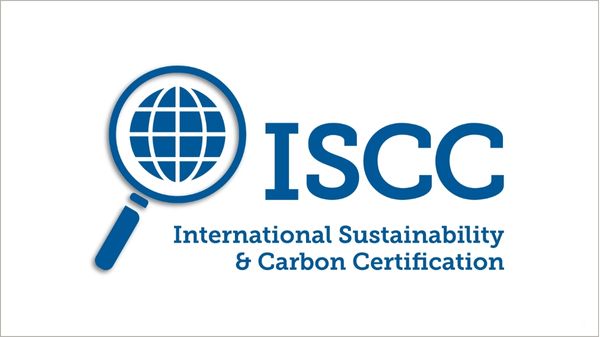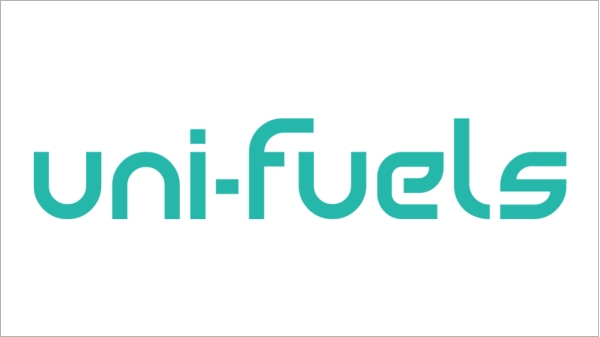In the third of our series of articles on the 2020 sulphur regulations, we will put the refining industry under the microscope and try to illuminate the developments which aim to deal with this dramatic change in product demand.
I'm sitting here writing this wearing a 'Keep Calm and Keep on Shipping' T-shirt; and that's definitely the attitude to take. After outlining the legislation and some solutions in the previous two articles, and now looking at the options open to the refining industry, we are sure that things are not going to be as cataclysmic as some people have predicted.
This said, the refining industry has a big responsibility in ensuring that there is a smooth transition to the new 0.5 percent sulphur grade fuel oil - something in which it got no say at IMO. This will be no small feat to achieve, requiring a huge change - not only to the refining process, but the whole chain from crude acquisition to product distribution.
It will be a difficult balancing act to achieve a smooth transition into 2020. It is estimated that global maritime consumption of high-sulphur fuel oil will be at 240 million tonnes, before then dropping dramatically to
45 million tonnes come 2020. To be able achieve this level of demand before switching product will require careful management and planning - not only in production, but distribution and storage. I do not envy those whose task it is to achieve it.
There are several ways that the refining industry can prepare to meet the demand for lower sulphur content: they can use
lower-sulphur 'sweeter' crudes;
upgrade refinery capabilities (such as ENI's EST hydrocracking process); or by
blending.
'Sweeter' crudes
The first option will be sweet music to the ears of U.S. crude producers, which could see their product even more in demand from refiners. This, of course, will be true of other sweeter crude producers - like Brent and Saharan Blend - and will push up the premium for this crude as fuel oil demand grows. It's no surprise, then, to read that the discount for sour crudes compared to Brent is likely to move from about
$6 discount to
$10 or more in 2020, before reducing again as refineries increase their ability to process sourer crudes into the new decade.
The limitations of world crude supply mean this is by no means a long-term fix, but it may explain how the sudden demand for lower-sulphur product can be satisfied. This could mean a higher premium on fuels from areas using this method to produce lower-sulphur fuel, with refiners passing on higher costs to end users. And perhaps this is the cost the shipping industry will have to pay to get past this unprecedented environmentally driven shift.
Upgrading refining capabilities
Thinking industry-wide, the upgrading of refining capabilities is the more preferable - but longer-term - option. This option, however, will require the most planning and highest capital outlay. Upgrading the world's refineries will take time and money; but time is something that we are very short of, as any upgrades will have needed approval months ago to be complete in time for 2020.
A good analysis of world refining capability and where the new fuel oil is going to be needed can be made by comparing expected demand growth and refining complexity in the different regions. Currently, Asia, Europe, and North America make up some
44%,
22%, and
13%, respectively, of world fuel oil demand. They are also the three areas that have above average refining complexity (in other words, they are able to best respond to changes in demand - and all are above seven on the Avg Nelson Complexity Index).
This puts the industry in a good position to be able to deal with the changes in areas of the highest demand.
One example of refinery upgrading is the St Croix refinery, which has just received $1.4 million in investment to restart specifically to meet the demand for 0.5 percent fuel. This refinery will have the ability to convert lower-cost, heavier crudes to the required sulphur level, or lower, and process some 200,00 barrels per day.
Blending
The last option for those who do not have the ability to use sweeter crude or to upgrade refineries is to blend their usual high-sulphur fuel oil output with other products to ensure that it meets the requirements of the new regulations.
There have been reported several different grades of 0.5 percent fuel under development by some oil majors. BP has announced that it is developing an aromatic 163 cSt and a paraffinic 218 cSt grade; ExxonMobil is developing several grades for Northwest Europe, Mediterranean, Singapore and an expected U.S. Gulf grade; CEPSA has opted for a single 200 cSt 0.5% blend. Other majors have not released any specifics on the grades they are developing.
This approach does seem the most labour-intensive and hardest in terms of achieving stability and consistency of products due to the different blends produced from multiple grades of fuel. It is expected that this approach will push up premiums for distillates as demand increases for blending.
Many compliance rollout solutions, but contingency planning recommended
In general, it's clear that the refining industry has its work cut out to get the required fuel ready for January 2020. Be it using sweet crude, refinery upgrades or blends, there are plenty of options to ensure a rollout of compliant fuel to replace high-sulphur fuel oil.
What happens in terms of the other difficulties of distribution and storage are more unknown; and there will, of course, be some hiccups on the road to an orderly introduction of the regulations.
Buyers need to be aware of the options and there should be contingency planning in case 0.5 percent fuel oil isn't available where and when it is needed.

